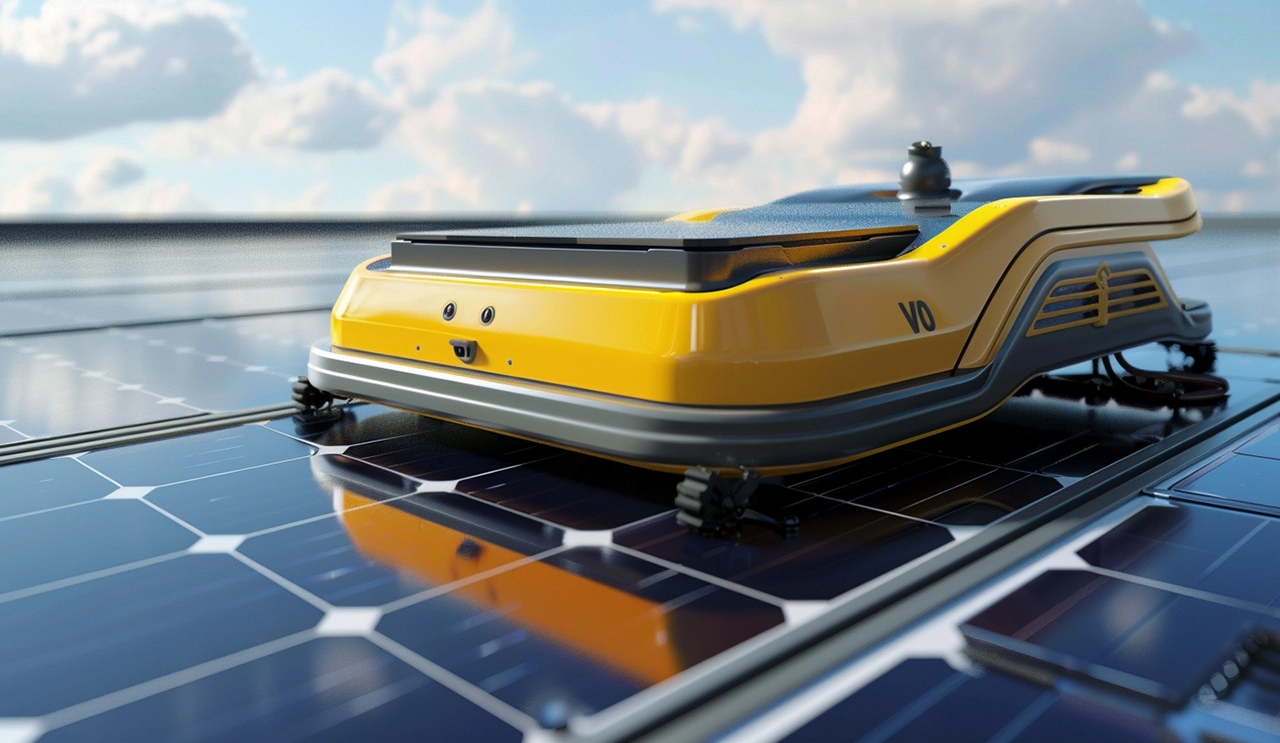
WIRELESS CHARGING IN THE NEWS
When we see movies of highly intelligent humanoid robots capable of completing complex tasks on their own, it may seem like a distant future. However, with the advancement of science and technology, especially the rapid development of artificial intelligence, big data and robotics, this future is quietly approaching. In the context of the gradual maturity of humanoid robots, manufacturing is becoming an important application scenario of this technology, bringing new opportunities and challenges.
Manufacturing has historically been a labor-intensive industry, and its need for automation has been very strong. Traditional industrial robots have been widely used in assembly line production, but they are mostly stationary equipment, good at performing repetitive tasks and relatively fixed environments. Humanoid robots, with their bionic design and flexible mobility, have the potential to deal with more complex tasks. For example, in parts assembly, equipment maintenance, quality testing and other scenarios, humanoid robots can complete tasks such as handling and assembly by relying on their human-like bipedal movement and two-hand operation characteristics, and their ability to adapt to the environment is significantly higher than that of traditional robotic arms.
The application of humanoid robots is not only the flexibility of their operation, but more importantly, they can become more and more intelligent through continuous learning and self-adjustment. In the manufacturing industry, workers often need to adapt to complex and changing production environments, and humanoid robots with the blessing of AI can flexibly adjust their work processes when the production line changes rapidly, reducing downtime and improving production efficiency. For example, in complex fields such as automotive manufacturing, humanoid robots can assist or replace workers in high-precision, high-danger tasks such as welding and painting, which can improve efficiency while reducing human error and safety hazards.
In addition, as humanoid robots improve their perception technology, their collaboration with humans becomes smoother. They can sense the surrounding environment in real time through multi-modal perception technology such as vision and touch, avoiding collisions with humans or other devices. This "human-machine collaboration" model brings a whole new way of working to the manufacturing industry, retaining the flexibility and creativity of humans in complex tasks, while improving the efficiency of machines in highly repetitive tasks. In this model, humans and robots work together to complete production tasks, which can not only significantly improve work efficiency, but also reduce the physical burden on workers and create a safer and healthier working environment.
However, the application of humanoid robots in manufacturing still faces some technical and commercial challenges. Despite their excellent performance in function, the current high cost of production and maintenance is unbearable for many small and medium-sized enterprises. Therefore, reducing the manufacturing cost of humanoid robots and improving their stability and durability are still key goals for industry development. With the continuous advancement of technology and the promotion of mass production, the cost of humanoid robots is expected to gradually decrease and eventually be accepted by more enterprises.
At the same time, the large-scale application of humanoid robots will have a profound impact on the labor structure of the manufacturing industry. While robots can replace humans to a certain extent, they will also create a large number of new technology-related jobs, such as robot operators, maintenance personnel, AI trainers, and more. In addition, with the widespread application of robots, the skill needs of workers will also change, and more people will need to master the operation and programming knowledge related to robots. Therefore, the transformation of the manufacturing industry is not only the upgrading of technology, but also the upgrading of workers' skills and education and training.
The new opportunities humanoid robots bring to the manufacturing industry cannot be ignored, they are not only expected to significantly improve production efficiency, but also improve the working environment of workers and reduce costs for enterprises. However, this process also comes with technical and commercial challenges, especially in terms of cost and technical stability. With the continuous improvement of humanoid robot technology, the manufacturing industry will enter a new era of more intelligent and efficient, bringing unprecedented changes and development opportunities for global manufacturing enterprises.







